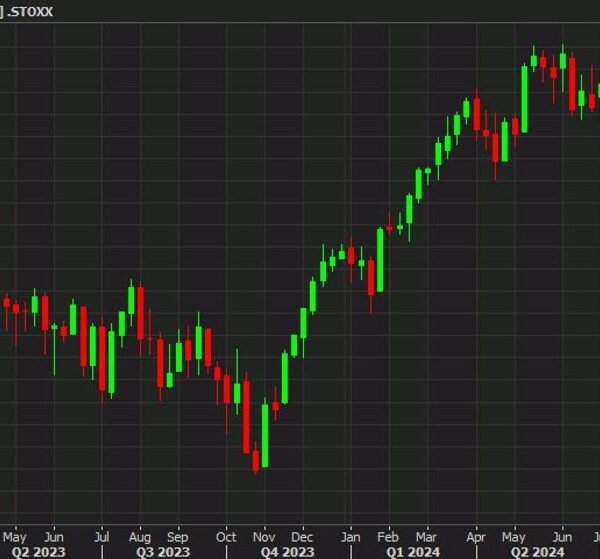What should I know before investing?
All investments involve risks, including possible loss of principal. Low-rated, high-yield bonds are subject to greater price volatility, illiquidity and possibility of default. Fixed income securities involve interest rate, credit, inflation and reinvestment risks, and possible loss of principal. As interest rates rise, the value of fixed income securities falls. Changes in the credit rating of a bond, or in the credit rating or financial strength of a bond’s issuer, insurer or guarantor, may affect the bond’s value. Equity securities are subject to price fluctuation and possible loss of principal. International investments are subject to special risks, including currency fluctuations and social, economic and political uncertainties, which could increase volatility. These risks are magnified in emerging markets. The manager may consider environmental, social and governance (ESG) criteria in the research or investment process; however, ESG considerations may not be a determinative factor in security selection. In addition, the manager may not assess every investment for ESG criteria, and not every ESG factor may be identified or evaluated. These and other risks are discussed in the fund’s prospectus.
Glossary
Dow Jones Industrial Average (DJIA) is an unmanaged index composed of 30 blue-chip stocks, each with annual sales exceeding $7 billion. The DJIA is price-weighted, reflects large-cap companies representative of U.S. industry, and historically has moved in tandem with other major market indexes such as the S&P 500. Please note, an investor cannot invest directly in an index, and unmanaged index returns do not reflect any fees, expenses or sales charges.
Basis point (bps) is a standard measure for interest rates and other percentages in finance, representing one-one hundredth of one percent.
U.S. Treasuries are backed by the “full faith and credit” of the United States government and offer return of principal value if held to maturity. The U.S. government guarantees the principal and interest payments on U.S. Treasuries when the securities are held to maturity.
The Federal Reserve Board (“Fed”) is responsible for the formulation of policies designed to promote economic growth, full employment, stable prices, and a sustainable pattern of international trade and payments
Before investing, carefully consider a fund’s investment objectives, risks, charges and expenses. You can find this and other information in each prospectus, or summary prospectus, if available, at www.franklintempleton.com. Please read it carefully.
Important Information
Portfolio breakdown percentages may not total 100% and may be negative due to rounding, use of any derivatives, unsettled trades or other factors.
The Benchmark: 50% USA High Div Yield + 25% High Yield Very Liquid + 25% US Agg Index is composed of the Blended 50% MSCI USA High Dividend Yield Index + 25% Bloomberg High Yield Very Liquid Index + 25% Bloomberg US Aggregate Index. The MSCI USA High Dividend Yield Index is designed to reflect the performance of mid- and large-cap equities (excluding REITs) with higher dividend income, which is sustainable and persistent, than average dividend yields of securities in the MSCI USA Index. The Bloomberg US High Yield Very Liquid Index (VLI) is a component of the US Corporate High Yield Index designed to track a more liquid component of the U.S. dollar-denominated, high-yield, fixed-rate corporate bond market. The Bloomberg US Aggregate Bond Index is comprised of investment-grade, U.S. dollar-denominated government, corporate, and mortgage- and asset-backed issues having at least one year to maturity. Source: MSCI makes no warranties and shall have no liability with respect to any MSCI data reproduced herein. No further redistribution or use is permitted. This report is not prepared or endorsed by MSCI. Bloomberg Indices. The S&P 500 Index features 500 leading U.S. publicly traded companies, with a primary emphasis on market capitalization. Source: © S&P Dow Jones Indices LLC. All rights reserved. Information is historical and may not reflect current or future portfolio characteristics. All portfolio holdings are subject to change. Important data provider notices and terms available at www.franklintempletondatasources.com.
The 30-day SEC yield is calculated using the net income (interest and dividends) per share earned over a trailing 30-day period (annualized), divided by the fund’s share price at the end of that period. It may not equal the fund’s actual income distribution rate, which reflects the fund’s past dividends paid to shareholders.















